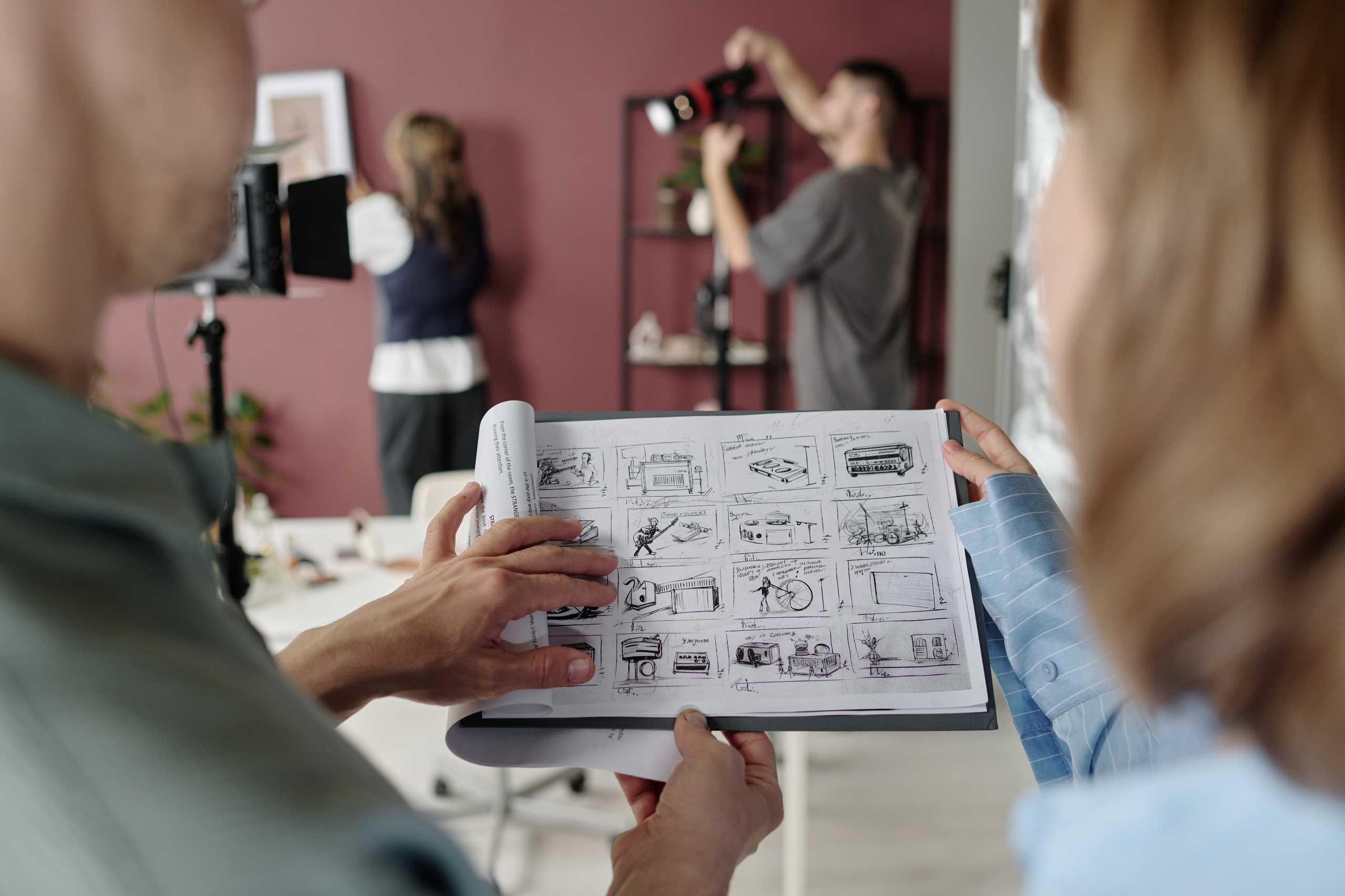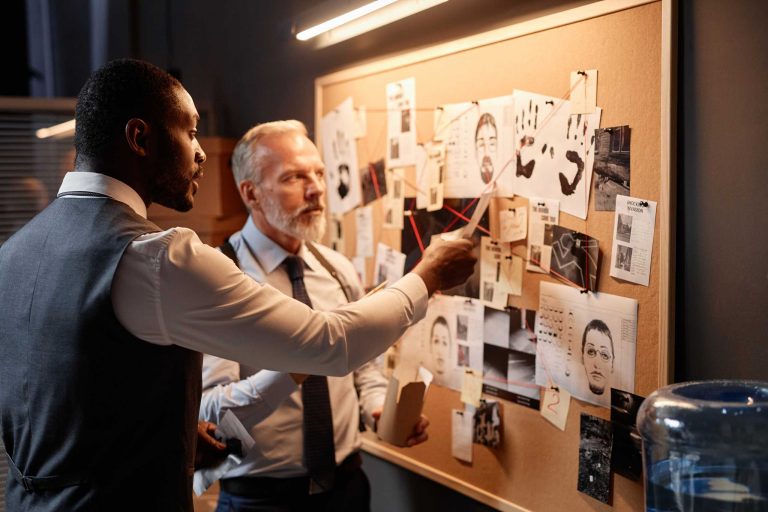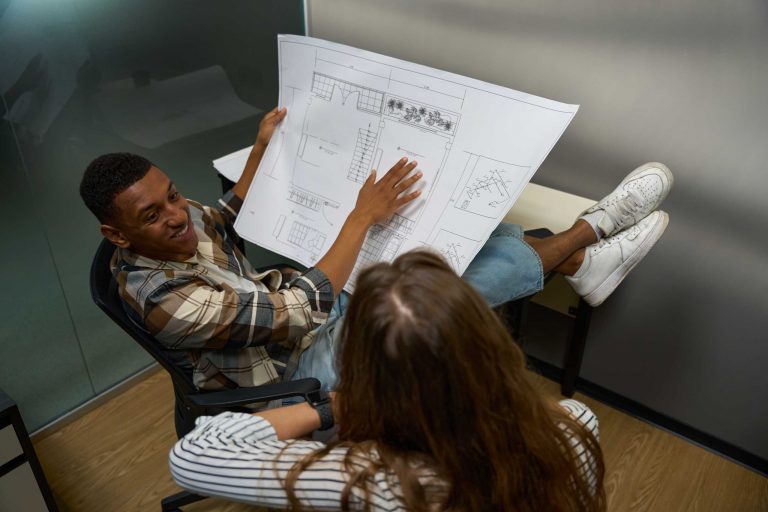Every storyboard artist starts somewhere — often with a mix of excitement and uncertainty. While it’s natural to make mistakes at the beginning, some common pitfalls can slow down your progress or weaken your storytelling. The good news? With awareness and practice, you can sidestep them entirely.
Mistake 1: Focusing Too Much on Artistic Perfection
Many beginners think a storyboard has to look like a finished illustration. In reality, clarity matters far more than perfect linework. Your frames should quickly communicate the idea, even if they’re rough. Spending hours polishing one panel can stall your entire process.
How to avoid it: Use quick, confident strokes and focus on the action, not on unnecessary detail. You can always refine later if needed.
Mistake 2: Ignoring Camera Angles and Movement
A flat, unchanging perspective can make your storyboard feel lifeless. The story’s energy often comes from dynamic shots — high angles, low angles, close-ups, and wide frames.
How to avoid it: Think like a cinematographer. Before drawing, decide how each shot should make the audience feel, then choose angles that reinforce that emotion.
Mistake 3: Forgetting the Flow Between Frames
Even great-looking individual panels can feel disjointed if the transitions don’t work. Viewers should understand how one shot connects to the next without confusion.
How to avoid it: Visualize the scene like a film playing in your mind. Ask yourself: “How does the camera move from this moment to the next?”
Mistake 4: Overcomplicating the Story
Sometimes beginners try to cram too many events or details into a single storyboard. This can overwhelm the viewer and dilute the core message.
How to avoid it: Keep your story clear and focused. Every frame should serve a purpose and move the narrative forward.
The Path to Improvement
Learning to storyboard is about balance — between clarity and creativity, simplicity and detail. At Storyboardly Course, we encourage students to embrace practice, feedback, and experimentation. Mistakes aren’t failures; they’re stepping stones toward mastery.
The more you draw, the better you’ll see the rhythm of a scene, the flow of shots, and the emotion in every moment. And once you get there, you’ll never look at visual storytelling the same way again.




